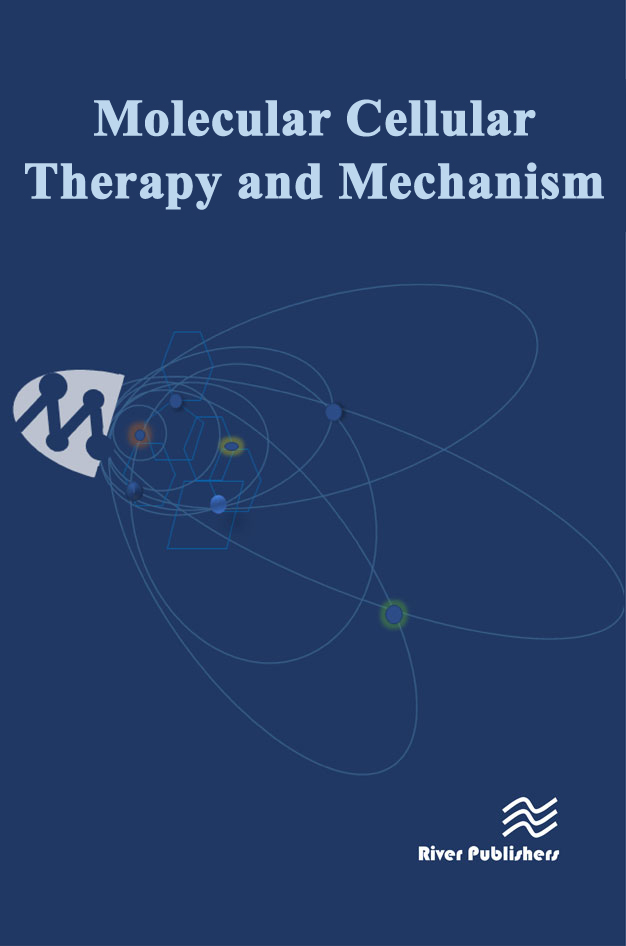Genome-wide analysis of primary peripheral blood mononuclear cells from HIV + patients-pre-and post- HAART show immune activation and inflammation the main drivers of host gene expression
DOI:
https://doi.org/10.13052/2052-8426-2-11Abstract
Background: Although the host gene expression in the context of HIV has been explored by several studies, it
remains unclear how HIV is able to manipulate and subvert host gene machinery before and after highly active
antiretroviral therapy (HAART) in the same individual. In order to define the underlying pharmaco-genomic basis
of HIV control during HAART and genomic basis of immune deterioration prior to HAART initiation, we performed
a genome-wide expression analysis using primary peripheral blood mononuclear cells (PBMC) derived from 14
HIV + subjects pre-highly active antiretroviral therapy (HAART) (time point-1 or TP1) with detectable plasma viremia
and post-HAART (time point-2 or TP2) with effective control of plasma viremia (<40 HIV RNA copies/mL of plasma).
Methods: Genomic RNA extracted from the PBMCs was used in microarray analysis using HT-12V3 Illumina chips.
Illumina®BeadStudio Software was used to obtain differentially expressed (DE) genes. Only the genes with p value <0.01
and FDR of <5% were considered for analysis. Pathway analysis was performed in MetaCore™ to derive functional
annotations. Functionally significant genes were validated by qRT-PCR.
Results: Between TP1 and TP2, 234 genes were differentially expressed (DE). During viremic phase (TP1), there was an
orchestrated and coordinated up-regulation of immune, inflammation and antiviral genes, consistent with HIV infection
and immune activation, which comprised of genes mainly involved in antiviral action of interferons and their signalling.
In contrast, the therapy-mediated control phase (TP2) showed systematic down-regulation of these pathways, suggesting
that the reduction in plasma viremia with HAART has a considerable influence on reducing the immune activation,
thereby implying a definitive role of HIV in subverting the human gene machinery.
Conclusions: This is the first study to show the evidence for the differential regulation of gene expression between the
untreated and treated time points, suggesting that gene expression is a consequence of cellular activation during plasma
viremia. Affirmation to these observations comes from down-modulation of genes involved in cellular activation and
inflammation upon initiation of HAART coinciding with below detectable levels of plasma viremia


